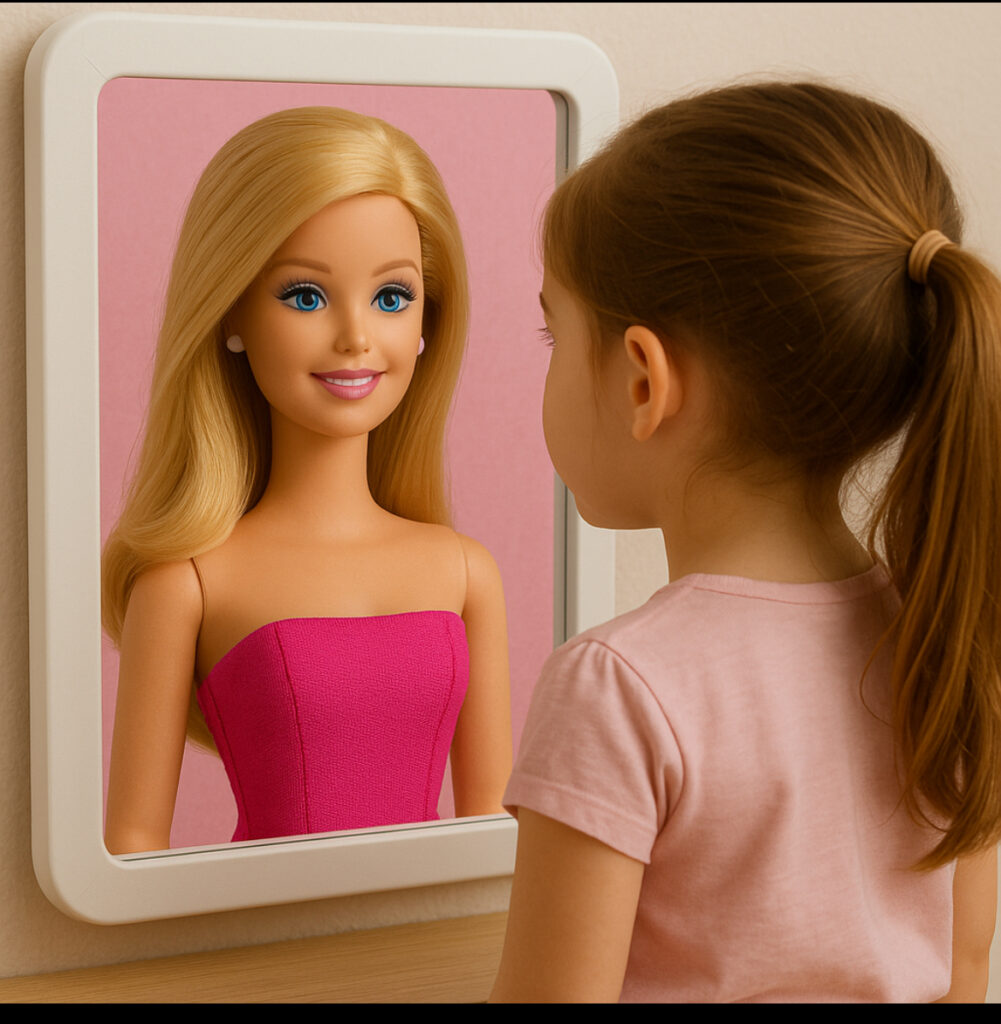Before filters, there was Barbie, and she set the rules.
🎶 “I’m a Barbie girl in a Barbie world. Life in plastic, it’s fantastic.” 🎵
This sugary-sweet chorus from Aqua’s 1997 hit was not just a pop anthem; it was prophecy. Long before TikTok filters and face-altering apps became a thing, before contour kits and waist trainers started trending, there was Barbie, the original influencer. The OG baddie with the perfect hair, perfect smile, and perfect body frozen in time and molded in plastic.
To several generations of girls, Barbie was not just a toy; she was the blueprint. Barbie was an 11.5-inch tutorial on how to be a woman: pretty, poised, perky, and perfectly put together with good character. Her world was pink, perfectly polished with zero mess and complications.
She had no acne, no bad days, no body hair, and no body shame; just endless accessories and tiny stilettos that never quite touched the ground.
Every girl wanted a Barbie doll, because Barbie wasn’t just something to play with; she was part of what being a girl was supposed to look like. Walking down any store aisle back then, and you would have quickly seen it: girlhood, gift-wrapped and prepackaged in pink.
“This isn’t just Barbie’s story; it’s a cultural autopsy.”
From dainty tea sets to dollhouses, tiny ovens to princess gowns, the message was clear, even if unspoken. Be beautiful, be sweet, be a caretaker, be desirable but not too loud, smile more, and dream less.
However, Barbie wasn’t just a doll with shiny hair and a tiny waist. She was more like a mirror, not just any mirror, but a dark and distorted one that gave girls a confusing and unrealistic idea of what being a girl or woman should look like.
Barbie told girls that they could be anything, but at the same time, she sent a quiet message about what they should be: skinny, white, pretty, and always smiling. Before girls started using social media or beauty filters, they were already playing with beauty standards in their rooms.
This shows us that toys were never just toys; they were scripts.
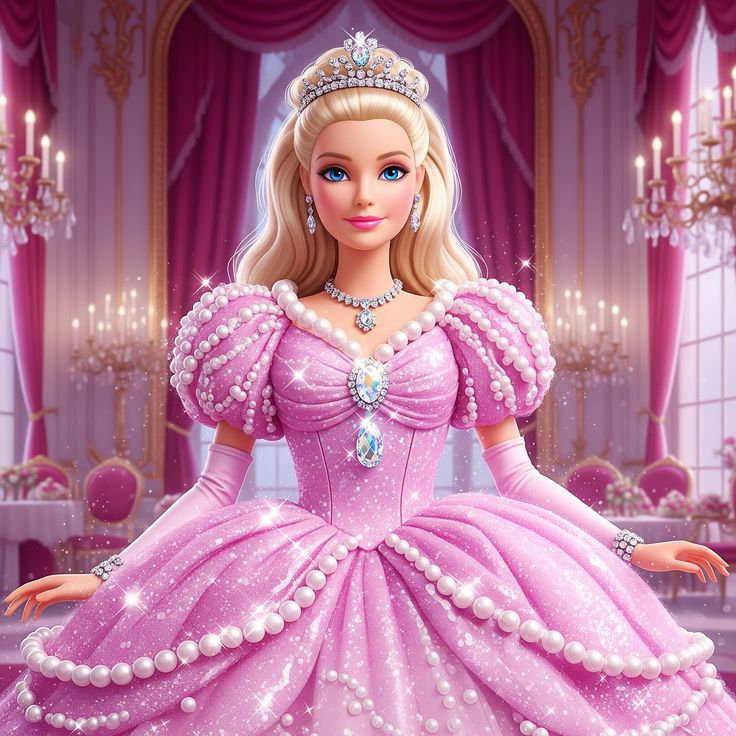
This isn’t just Barbie’s story; it’s a cultural autopsy. A look at how childhood toys have shaped gender roles, been a model for body image, and how they have whispered early messages about womanhood long before girls even knew that they were listening.
So, welcome to the real Barbie world. Life in plastic may be fantastic, but it hasn’t always been harmless.
The First Mold: Barbie’s Debut and Her Role in Shaping Femininity
When Barbie was first introduced in 1959, people had strong reactions. She wasn’t like the baby dolls most girls were used to. She wore a zebra-striped swimsuit, had dramatic makeup, and super long legs that made her look more like a fashion model than a kid’s toy.
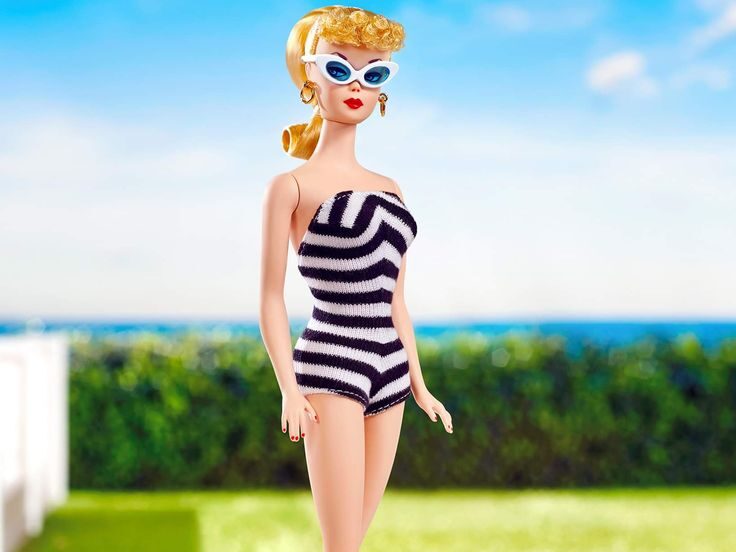
Barbie was created by Ruth Handler, who got the idea from a German comic-strip doll called Bild Lilli, which was actually made for adults, not children. However, since young children love pretending to be adults and often want to be treated like grown-ups, Handler wanted to give young girls a doll that they could use to imagine themselves as grown-ups.
However, there was a downside. Barbie’s portrayal of womanhood was very limited. She was very thin, fair-skinned, with perfect hair, and always wore a smile.
Additionally, over the years, Barbie has taken on many cool jobs. She could be an astronaut one day, a doctor the following week, or a pilot the next month, depending on how often new collections were released. But something never changed; her body and looks remained the same.
The hidden message in this is “You can be anything you want, but only if you look a certain way.”
And girls noticed.
Experts say that by the time kids are 5, they have already developed strong ideas about what boys and girls “should” be like, and by the time they’re 6, many girls are already starting to worry about their appearance.
So when millions of girls grew up playing with Barbie, they were not just playing with a doll; they were learning how they were “supposed” to look and act.
Toys Are Never Just Toys
Toys may seem harmless, but they often carry powerful messages around the world. They reflect what society believes about gender, beauty, and roles for both men and women.
Back in the day, especially in the 1950s and ’60s, boys’ toys were all about action, adventure, and being a leader. Girls’ toys were about looking pretty, taking care of others, and learning how to run a household.
“She wasn’t just a motherly figure or a career woman; she was a fantasy.“
So, while a dollhouse might appear to be an innocent and fun toy, it was actually preparing girls for future household chores. A makeup kit was not just a game; it was teaching girls that appearance matters. Even toys like the Easy-Bake Oven were sending a message. They were practically saying, “Your place is in the kitchen.”
Barbie added another layer. While baby dolls taught girls to care for others, Barbie, on the other hand, taught girls to care for themselves, primarily in terms of appearance. Her world was full of fashion, beauty, and dating (we can’t forget Ken now, can we?). She wasn’t just a motherly figure or a career woman; she was a fantasy.
The tricky part is that Barbie was sold as something empowering. The ads said, “You’re the boss of your own playtime!” However, the truth is that the choices were already predetermined for the kids. The message had limits. The kids who played with the toys were still expected to play within certain rules; rules that had everything to do with how they looked.
The Rise of the “Perfect” Body and the Price Girls Pay
One of the biggest and most harmful messages that Barbie and similar dolls have sent is about how a girl’s body “should” look.
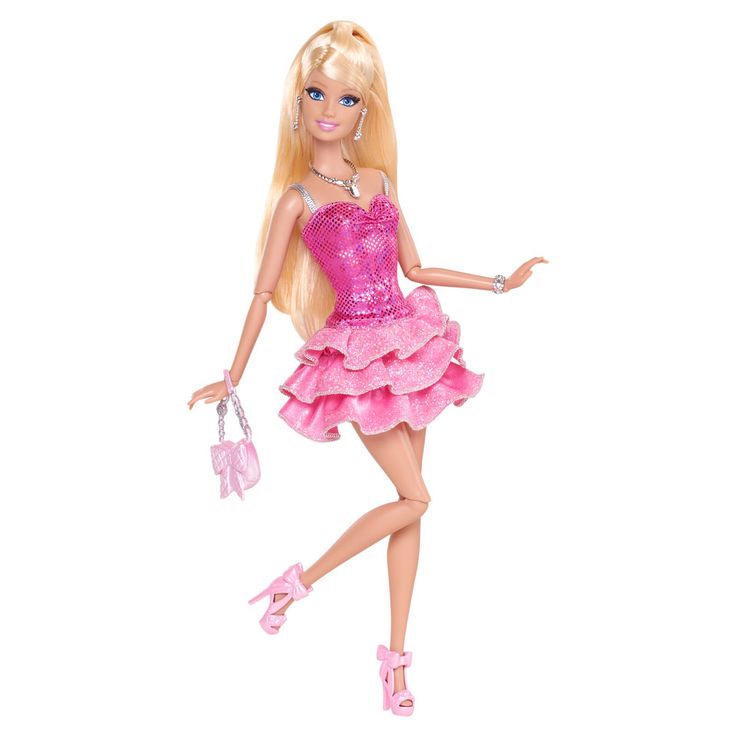
Barbie’s body is well known to be unrealistic. If she were a real person, she’d be about 5’9″ with a tiny 18-inch waist, very large chest, and very long legs. Her feet would be way too small, and her body shape would make it hard for her to walk properly, or even get her period.
But even with these extreme and unrealistic proportions, Barbie became the standard for beauty for many girls.
Studies have shown that girls as young as 5 to 8 years old who play with thin dolls like Barbie start to feel bad about their own bodies compared to girls who have more average body shapes.
“Although she does not force girls to feel bad about themselves, she just reflects what society already celebrates.”
You might hear people say, “It’s just a toy.” But the problem is when that same thin, tall, flawless look is repeated everywhere—on TV, in toys, in ads, and online. Girls may start to believe that is the only way to be pretty. And if they do not look like that, they may start to ask: “Mommy, why are my legs not as long as Barbie’s?” “Papa, why am I not as white as Barbie is?”
They may start to feel like something is wrong with them.
That is why Barbie is often referred to as a “dark mirror.” Although she does not force girls to feel bad about themselves, she just reflects what society already celebrates. And because kids want to fit in, they absorb these messages, even without realizing it.
Other Dolls, Same Story
Barbie might be the most famous doll, but she is definitely not the only one sending messages about how girls should look.
Take Bratz dolls, for example. They emerged in the early 2000s and were perceived as cooler and more diverse than Barbie. They had fuller lips, flashier clothes, and they came in different skin tones. However, their bodies were still very unrealistic, and in many ways, they were even more sexualized than Barbie was.
“Diversity only matters if it shows all kinds of girls, not just the ones who still fit a narrow beauty standard.”
Other popular dolls, like LOL Surprise, Monster High, and even Disney princesses, offered more variety in terms of skin color and style.
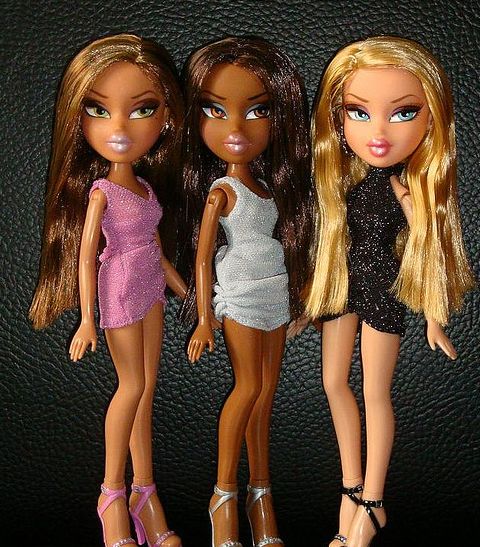
But their bodies? Still thin. Their faces? Still flawless. None of them had acne or regular, unedited features. Their outfits often resembled something from a fashion magazine, rather than something kids would wear in real life.
Some brands tried to be “inclusive,” but most of the time, that only meant adding different skin tones or hairstyles. The dolls are still focused on beauty, fashion, and romance. They still didn’t show other realities, like girls who have disabilities, body differences, or work real jobs like nurses and teachers who come home tired after a long day.
Real representation is not just about changing a doll’s color; it’s about embracing diversity and inclusivity. It is about changing the story. Because diversity only matters if it shows all kinds of girls, not just the ones who still fit a narrow beauty standard.
How Tech Toys Teach Beauty Standards Today
As technology has grown, so have toys, but not always in a good way. Instead of changing the old ideas about how girls should look, many toys just moved those ideas into digital form, for example, games like Barbie Dreamhouse Adventures or makeup apps for Tweens.
“The mirror is not just Barbie anymore; it is your phone, scanning your face and judging how you look.“
Some toys now come with selfie-editing tools or even mini ring lights. There are even “smart mirrors” for kids that suggest how to improve their looks. Yes, for kids!
We have now entered a time when playing is not just about having fun; it is about preparing for life on social media.
Instead of helping girls feel free from pressure, these tech toys often add more pressure. They do not just reflect beauty culture, they teach it. The mirror is not just Barbie anymore; it is your phone, scanning your face and judging how you look. The younger girls are when they start using these toys, the more deeply the message sinks in.
Change Is Happening
To be fair, things are starting to change slowly.
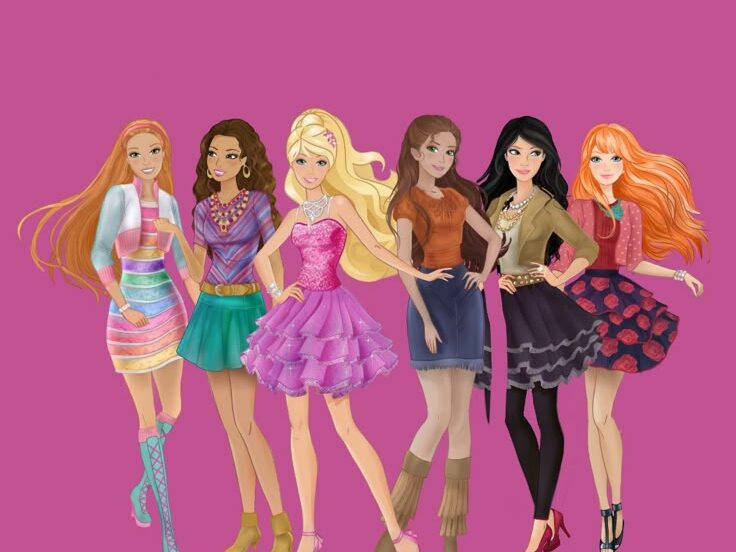
Barbie’s company, Mattel, has added more variety in recent years. Now we can find Barbies with different skin tones, body shapes, and physical conditions, including Barbies with vitiligo, prosthetic limbs, and even Barbies who work in science or politics.
Some smaller toy companies are also making a difference. For example, Healthy Roots Dolls creates Black dolls with natural hair to celebrate real beauty. Other companies have made dolls with Down syndrome, hearing aids, or wearing hijabs.
However, there is still a problem. These kinds of dolls are rare.
There are still many more beach-ready, unrealistically proportioned Barbies than the newer ones, and many of the diverse dolls are placed in small sections or viewed as “special” instead of being treated as normal and equal.
Real change would mean completely changing how all dolls are made and sold. It would also mean showing that the average bodies and real stories are just as beautiful.
What If We Stopped Letting Toys Define Us?
Thankfully, today, many girls are smarter about the media than ever before.
They are growing up in a world where people discuss body positivity more openly, where gender roles are being questioned, and where ideas about beauty and fairness are debated on social media and in classrooms. Many girls are starting to push back; they don’t want a doll or society telling them how to look or live, so they are ignoring the old rules.
However, they can’t do it alone. They need support from parents, teachers, designers, and anyone who is willing to ask the hard questions. Questions like: “What are we really teaching kids through toys?”
We don’t need to cancel Barbie. We just need to understand her.
What Would an Honest Toy Look Like?
So, what would an honest toy look like?
Maybe she has blemishes, maybe she has stretch marks, maybe she’s tired from work, maybe she has frizzy hair, a pimple, or she just had a rough day, and maybe she doesn’t smile all the time. Perhaps she should remind girls that their value is not defined by being skinny or perfect, but rather by being kind, smart, and genuine.
Toys help to shape how kids see the world, and themselves, so real toys should be realistic.
Think back to the toys you grew up with. What did they teach you about who you were supposed to be? Tell us in the comments… what did you see when you looked in Barbie‘s mirror?


